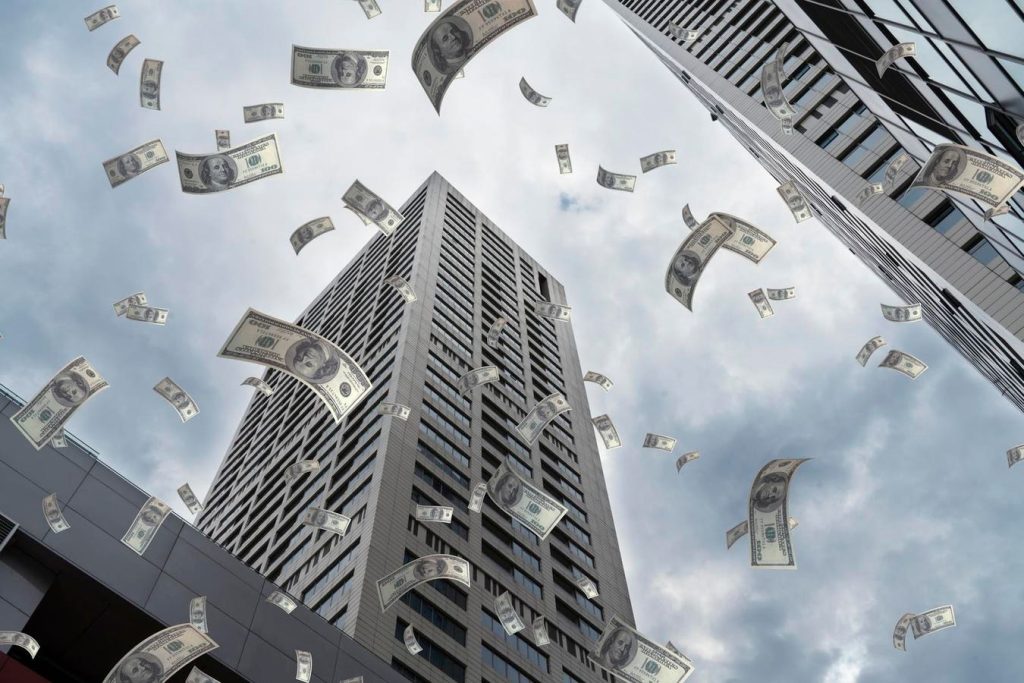A recent resurgence of fears surrounding the commercial real estate (CRE) sector has many economists and analysts concerned about the potential for a major collapse in the market. The fears were sparked by predictions of significant value destruction in U.S. office real estate, with estimates ranging from hundreds of billions to trillions of dollars. While some experts argue that the fears may be exaggerated, recent data on declining office rents, falling asset values, and an increase in discounted office property sales suggest that the sector is facing significant challenges.
One of the key issues facing the CRE market is the looming maturity of many commercial loans, which were taken out during a period of historically low interest rates. With shorter loan maturities and the need for full refinancing, building owners are now facing higher interest rates and declining demand for office space due to the persistence of remote work. Banks, on the other hand, are hesitant to declare loans as nonperforming, leading to refinancing or restructuring on more favorable terms, a practice sarcastically referred to as “extend and pretend.”
Newmark Group, a major real estate advisory firm, has highlighted the dangers in CRE lending, particularly the overconcentration of commercial loans among small and regional banks, many of which are less well capitalized than larger money center banks. Recent data from CommercialEdge also indicates ongoing issues in the CRE market, with falling office rents, declining asset values, and an increase in discounted office property sales. This has led to sharp regional variations in vacancy rates, with tech-heavy cities experiencing higher vacancies as firms adopt more remote work policies.
Goldman Sachs’ research note has further underscored the depth of the problem in the CRE sector. Modifications and extensions of CRE loans have pushed more loan renewals into 2024, with a significant increase in office mortgages set to mature by the end of the year. This has raised concerns about the future of office loans, with warning lights flashing red and major opportunities for buyers to acquire buildings at highly discounted prices, especially in second- and third-class office spaces.
The implications of a potential collapse in the CRE market extend beyond the real estate sector. City and state governments that rely on property taxes and economic activity generated by offices could face significant challenges if the market falters. As the sector faces a possible end to the “extend and pretend” strategy, there are gloomy economic consequences on the horizon. The situation remains fluid, with experts closely monitoring the market for any signs of a major commercial real estate crisis.


